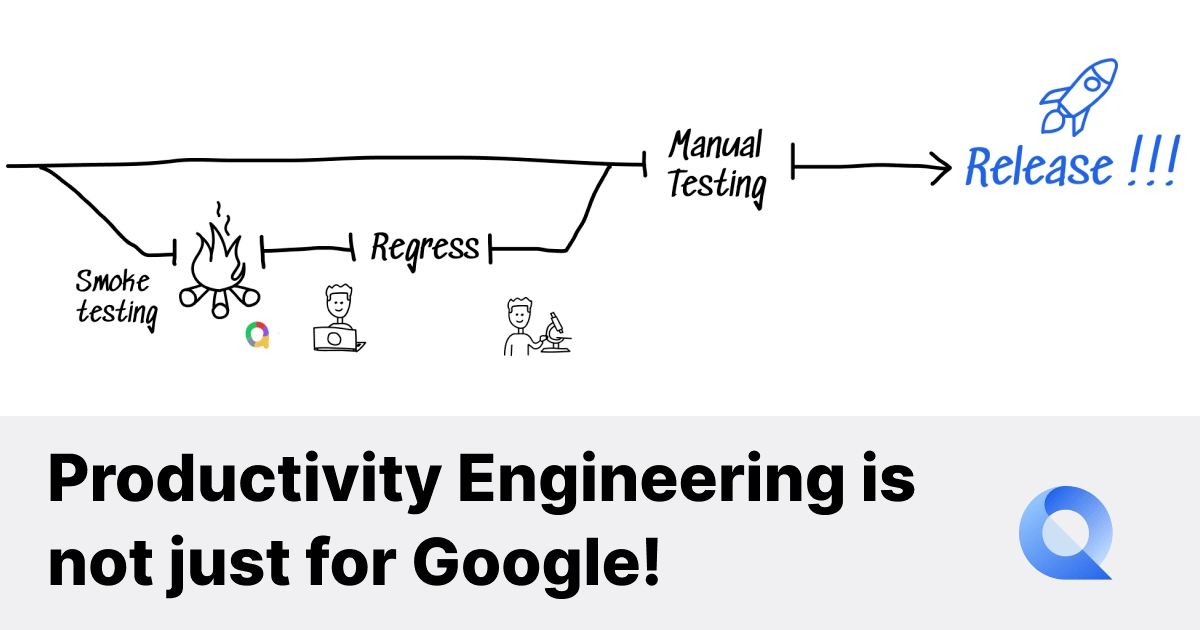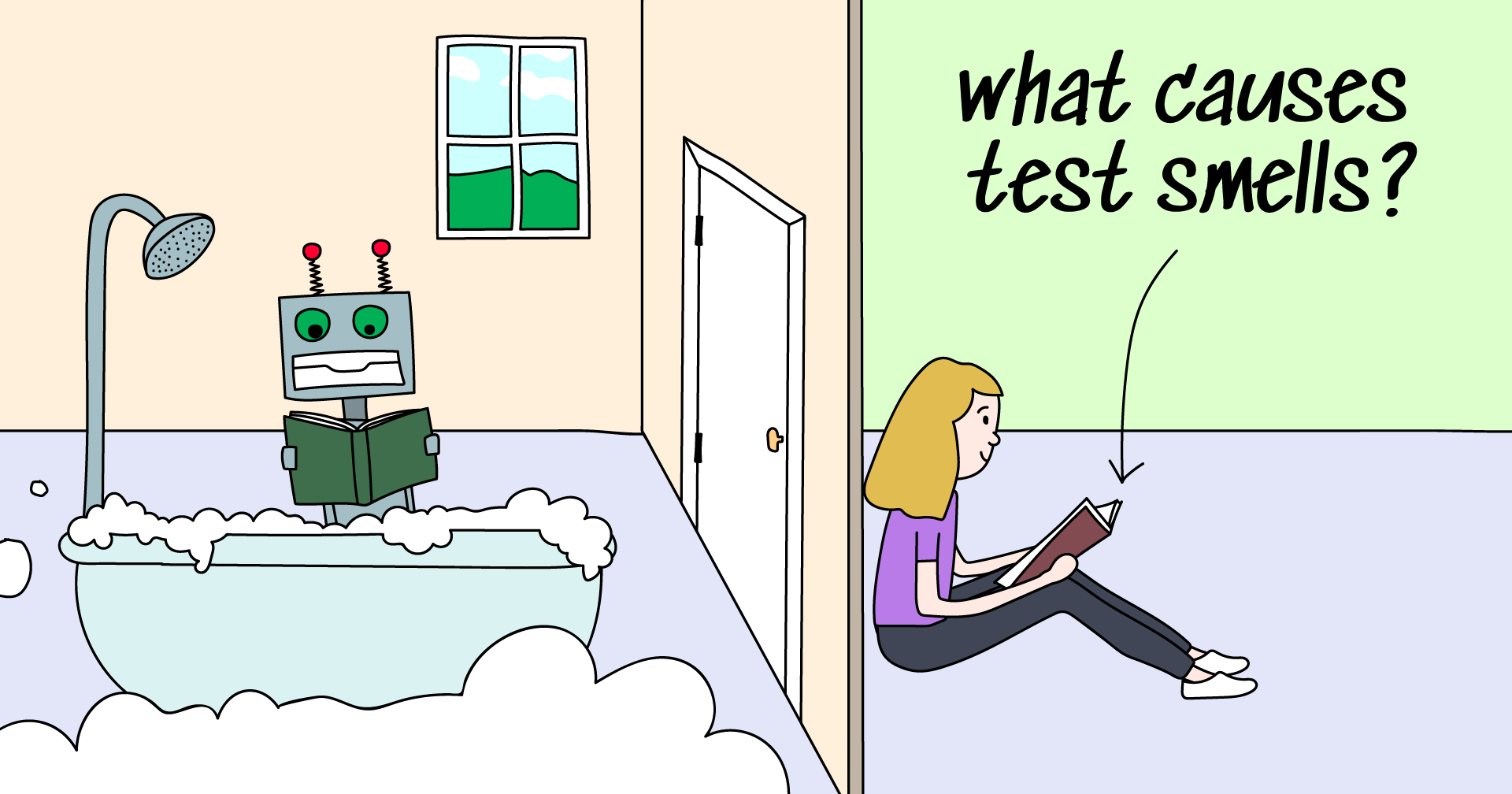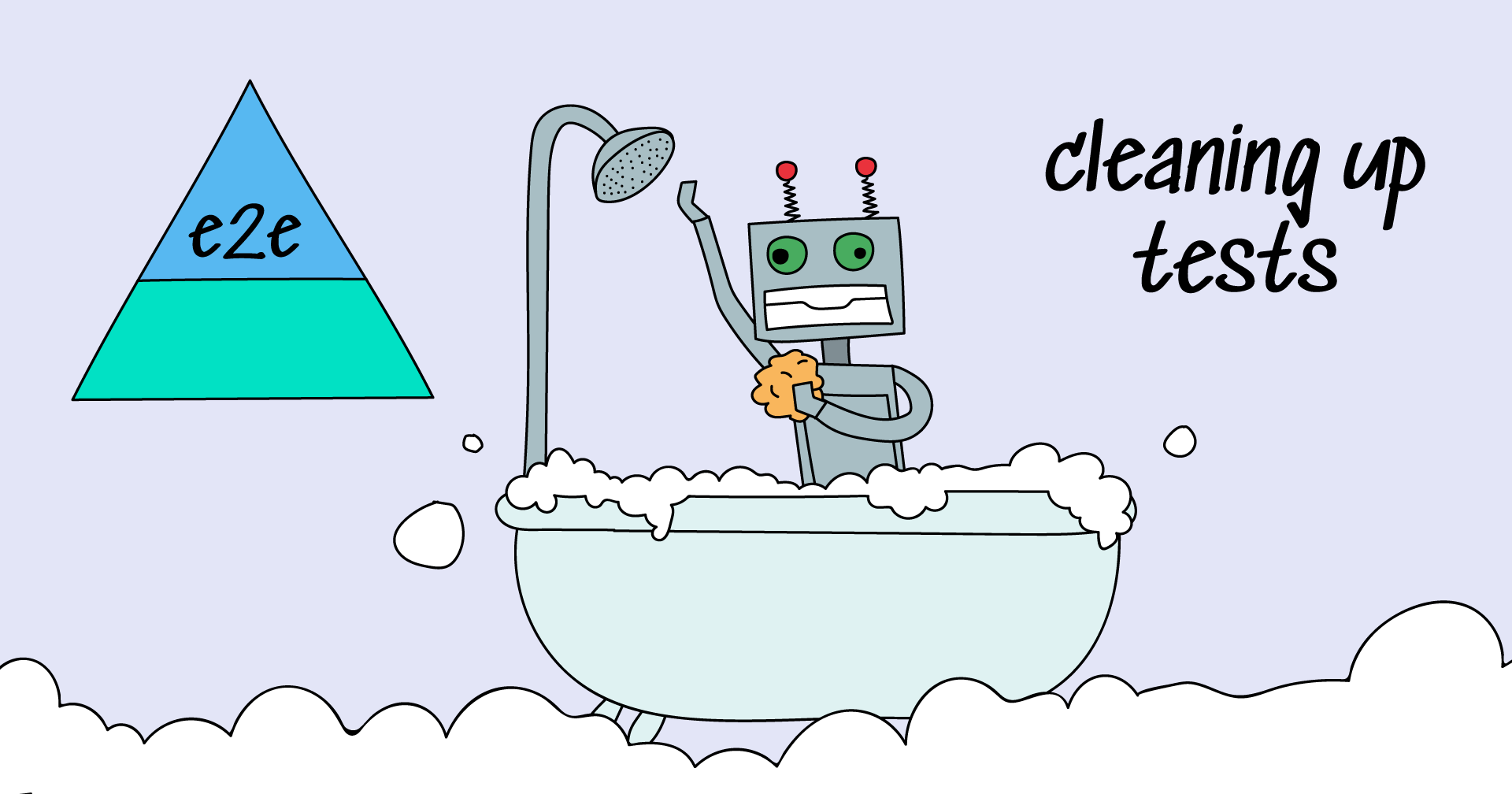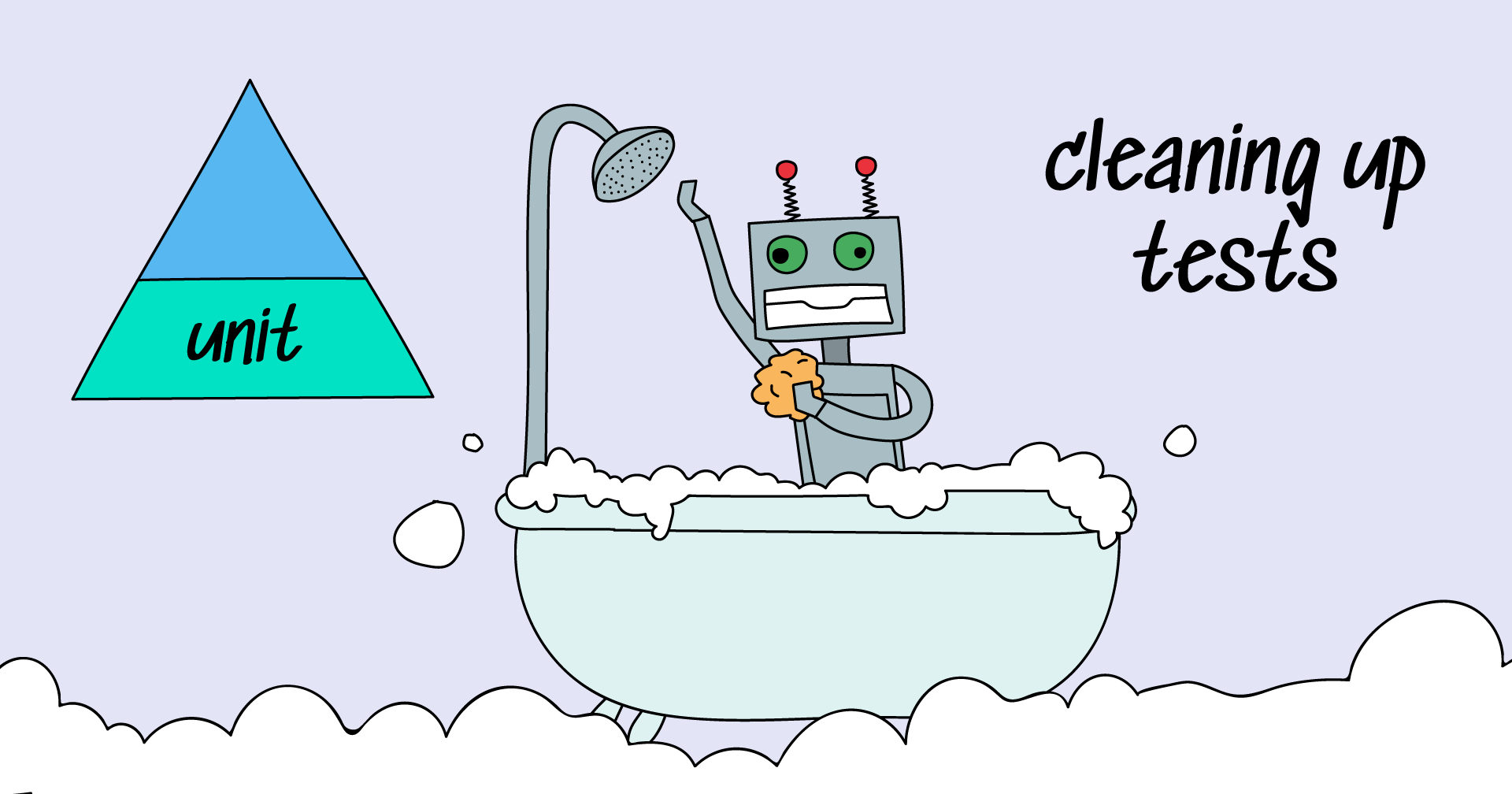Many people will tell you that quality assurance is about the finished product, not the time it takes to get there. While it’s true that quality matters, with the new tools and approaches available out there, there’s really no reason you can’t have quantity too. This is a lightweight post for y'all to think of productivity from a QA approach.
Productivity is our job; testing and quality are the job of everyone involved in development. This means that developers own testing and developers own quality. The productivity team is responsible for enabling development to nail those two things.
Patrick Copeland in "How Google Tests Software"
Building Integrated Teams
The key to increasing productivity in quality assurance – as proven by Google – is to make quality assurance part of the team, just like operations and development. Instead of treating them like isolated tasks and processes, they should be built into the process of developing software, going from development to QA and back again as needed until you have a perfect product. To achieve that, a deep dive into infrastructure, systems expertise, metrics, and insights is necessary to build a fast-paced, efficient workflow.
Most older flows and tools don’t make that possible – but we’ve got a whole crop of new tools that can.
Create a Productivity Plan
Productivity never happens by accident. People can only work as fast as the tools and processes they are given, and if they’re already busy with their jobs, they don’t have time to innovate and make the necessary changes. So, managers and team leaders need to prioritize productivity and start looking for new tools and practices that give them the scalability and power they need to speed up QA and cut project time down.
Productivity Engineering Process
Building a QA process around the ready-to-ship product is a no-brainer. But is it actually a good idea? All we want in a modern development cycle is early bug elimination, so why not build quality assurance around the idea of continuous quality? Let the QA team build a framework that supports Ops and Developers at their will to create bugless products!
Focus on creating easy-to-access and informative quality gates and fast feedback loops so that people can start believing in testing again: automated runs on each branch merge, scheduled nightly suites runs, and multiple reruns for flaky tests. Embrace fast-paced quality delivery!
Productivity Engineering Tools
One of the best new tools out there is Allure TestOps, which can be used as a benchmark for a new generation of testing tools. It is an easily maintainable and extensible framework that enables scrum teams to take full control over the testing infrastructure. Create, group, run, rerun, analyze, and link tests across the whole development pipeline with Allure TestOps, be it unit tests, E2E tests, or any other quality gate.
Technology can solve most of our productivity problems, so it’s strange that QA, being a significant part of the tech industry, is still struggling along with old-generation tools.
Productivity Engineering Expertise
Collaborate and communicate! This is the bedrock of a self-sufficient team. Empower your team to learn new tools and practices to gather experience in-house and share it with the community. This is the best way to build a team of open-minded people ready to help.
Strive for a flow that offers flexibility, scalability, and makes collaboration within the team faster and easier. While there may be a small additional cost, the increase in time-to-market product delivery and overall flow smoothness will return a hundredfold – and you’ll have happier, less stressed developers and testers.
Learn more about Allure tools
Qameta Software focuses on developing amazing tools that help software testers. Learn more about Allure Report, a lightweight automation reporting tool, and Allure TestOps, the all-in-one DevOps-ready testing platform.
Subscribe to our Monthly Newsletter (below) or follow us on LinkedIn or Twitter, or ask for assistance on GitHub Discussions.



